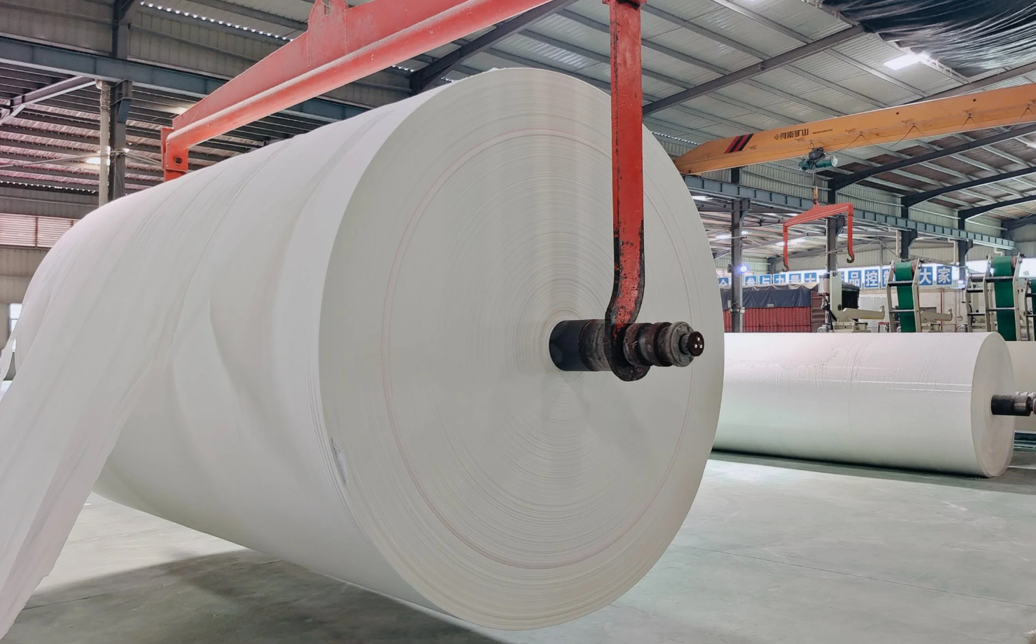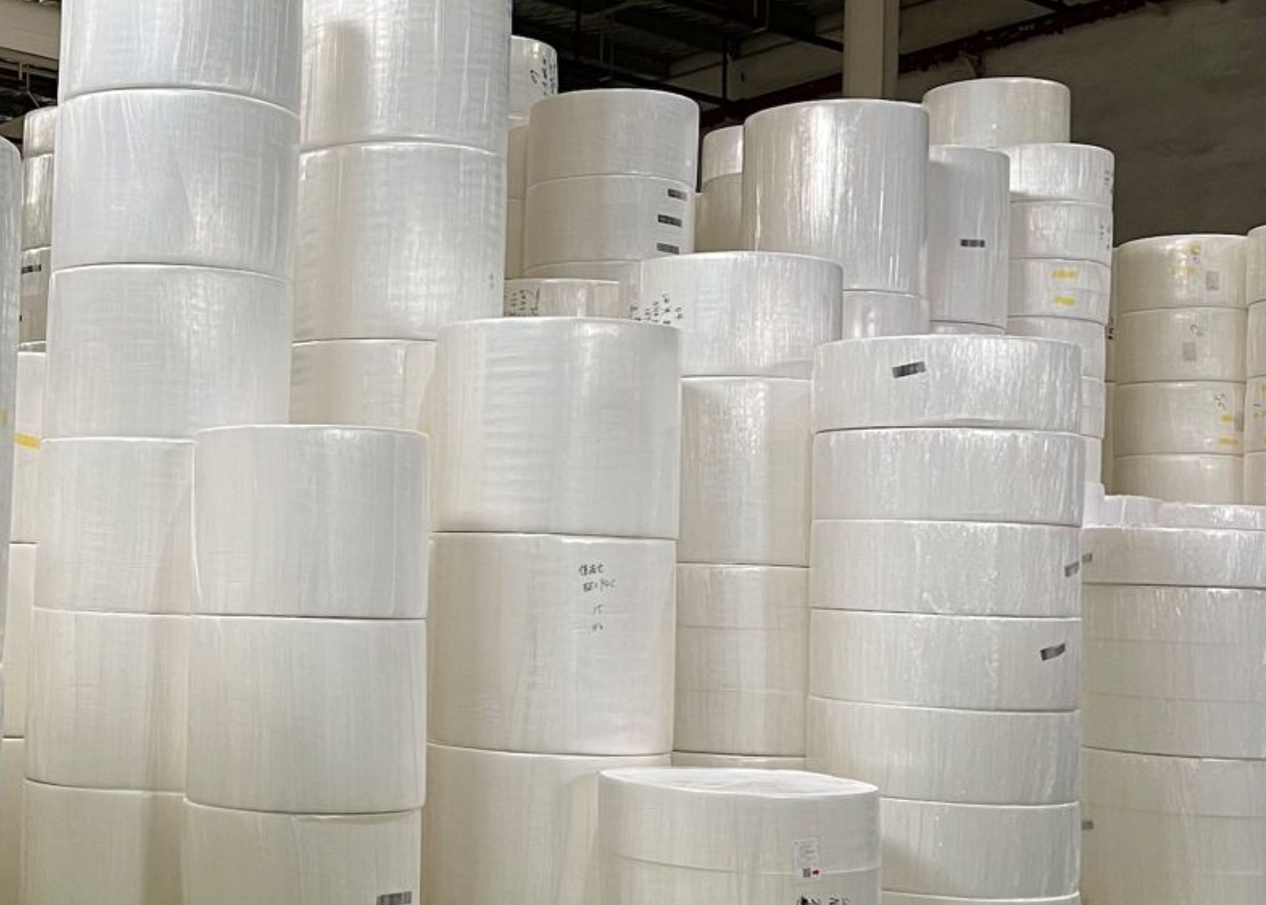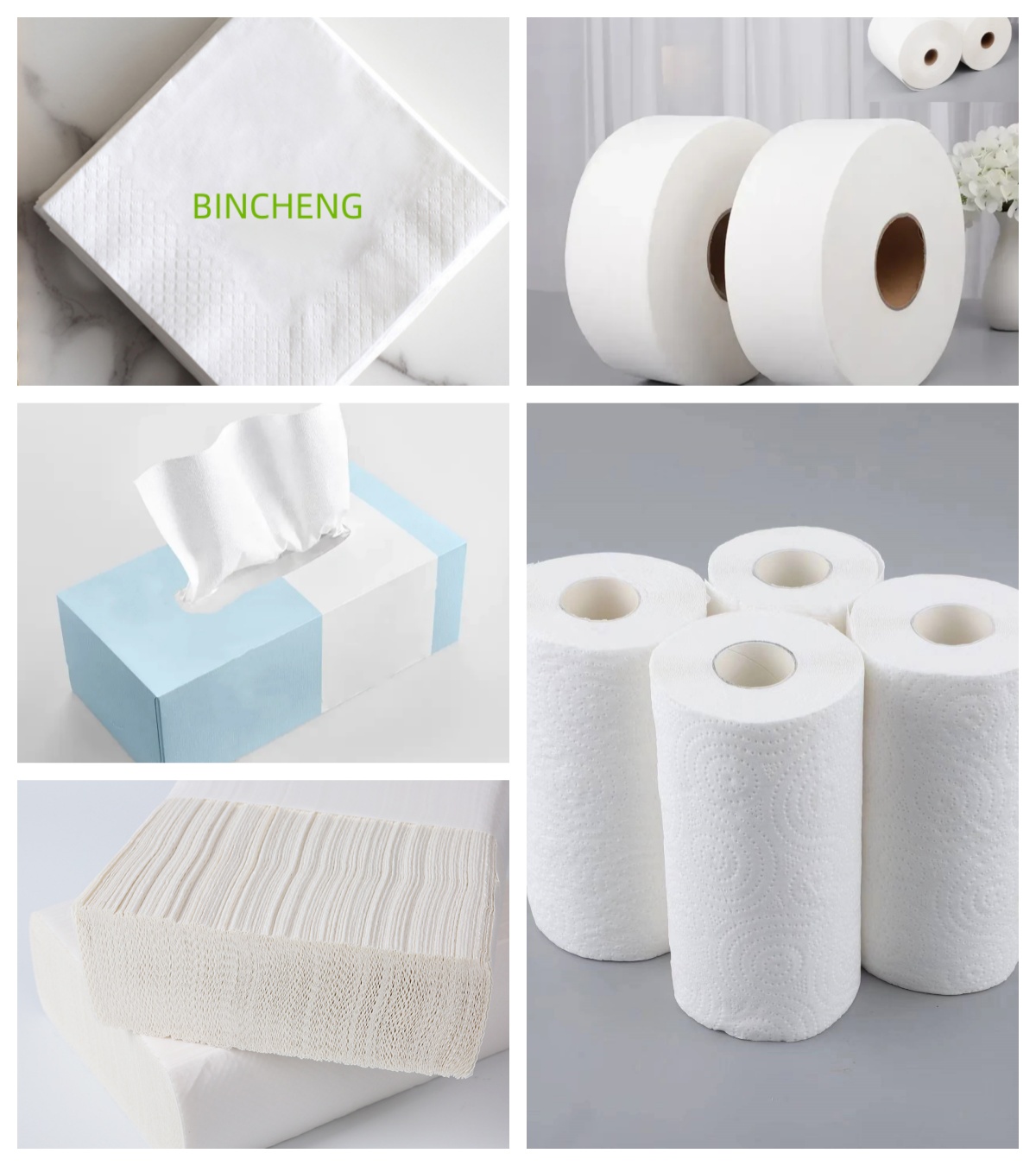Tissue parent rolls, often referred to as jumbo rolls, serve as the backbone of the tissue paper industry. These large rolls, which can weigh several tons, are essential for producing various tissue products used in daily life. The dimensions of tissue parent rolls, including core diameter and roll width, significantly impact production capacity and product variety. Efficient transportation of these rolls is crucial due to their high demand and value. Selecting the best parent roll for convert tissue paper ensures optimal production efficiency and quality, making them indispensable in the supply chain.
General Definition and Importance
What Are Tissue Parent Rolls?
Basic Definition
Tissue Parent Rolls, often referred to as jumbo rolls, are large reels of tissue paper. These rolls serve as the primary raw material in the production of various tissue products. Typically, they measure 42.5 inches in diameter and 106 to 110 inches in width. The tissue paper industry relies heavily on these rolls to produce items like facial tissues, bath tissues, and paper towels.
Role in Manufacturing
In the manufacturing process, tissue parent rolls play a crucial role. After production, these rolls are transported to converting facilities. Here, they undergo processes such as unwinding and calendering. Calendering softens the tissue sheet and controls its bulk. This step is vital for ensuring the quality and texture of the final product. The rolls are then transformed into smaller, consumer-ready products through slitting and rewinding. This method not only reduces material waste but also allows manufacturers to expand production capacity efficiently.
Importance in the Industry
Supply Chain Significance
Tissue parent rolls hold significant importance in the supply chain. They determine the quality, cost, and sustainability of the final tissue products. Manufacturers must carefully choose the right size and type of parent roll. This decision impacts production processes, storage, transportation costs, and ultimately, customer satisfaction. The dimensions of these rolls, including core diameter and roll width, influence the variety and quality of the products derived from them.
Economic Impact
The economic impact of tissue parent rolls extends beyond the manufacturing process. They contribute to the overall profitability of the tissue industry. By optimizing the size and quality of these rolls, manufacturers can enhance production efficiency and reduce costs. This optimization leads to better product quality and increased end-user satisfaction. Consequently, tissue parent rolls play a pivotal role in driving the economic success of the tissue paper industry.
Specific Features of Tissue Parent Rolls
Material Composition
Types of Pulp Used
Jumbo Parent Mother Roll Paper primarily consist of pulp, which serves as the foundational material. Manufacturers often choose between two main types of pulp: virgin wood pulp and recycled pulp. Virgin wood pulp originates from freshly harvested trees, offering superior strength and softness. This type of pulp enhances the quality of the final tissue products. On the other hand, recycled pulp comes from repurposed paper products. It provides an eco-friendly alternative, reducing environmental impact while maintaining adequate performance for many applications.
Additives and Treatments
To improve the properties of tissue parent rolls, manufacturers incorporate various additives and treatments. Softening agents enhance the tactile feel of the tissue, making it more pleasant for consumers. Strengthening agents increase the durability of the tissue, ensuring it withstands use without tearing. Additionally, some rolls undergo treatments to improve absorbency, allowing them to soak up liquids more effectively. These enhancements contribute to the overall quality and functionality of the tissue products derived from the parent rolls.
Physical Characteristics
Size and Dimensions
The size and dimensions of Tissue Paper Raw Material Roll play a crucial role in their application. Typically, these rolls measure between 330mm and 2800mm in width. The roll diameter can reach up to 1150mm, while the core diameter usually measures 76mm. These dimensions determine the capacity of converting machines and influence the variety of products that can be produced. Larger rolls allow for longer production runs, reducing downtime and increasing efficiency.
Weight and Density
Weight and density are important physical characteristics of tissue parent rolls. The basis weight ranges from 13 to 40 grams per square meter (gsm), affecting the thickness and feel of the tissue. Heavier rolls, with a paper net content varying from 10kg to 1000kg per roll, provide more material for conversion processes. Density impacts the roll’s compactness, influencing storage and transportation logistics. Understanding these characteristics helps manufacturers optimize production and meet specific consumer demands.
Best Parent Roll for Convert Tissue Paper
Best Parent Roll for Convert Tissue Paper
Selecting the best parent roll for converting tissue paper is crucial for manufacturers aiming to optimize production processes. The choice of parent roll directly influences both conversion efficiency and product quality. Manufacturers must consider various factors, such as moisture content and material composition, to ensure they select the most suitable rolls for their needs.
Conversion Efficiency
Conversion efficiency refers to how effectively a parent roll can be transformed into consumer-ready products. Rolls with consistent moisture levels throughout tend to perform better in conversion processes. For instance, a parent roll with a uniform moisture level ensures smooth unwinding and reduces the risk of tearing during conversion. In contrast, rolls with varying moisture gradients, such as 0.5 percent moisture in the core and 2 percent in the outer region, may lead to inconsistencies and inefficiencies. By choosing rolls with optimal moisture content, manufacturers can enhance machine performance and minimize downtime.
Product Quality
The quality of the final tissue products largely depends on the characteristics of the parent roll. High-quality rolls contribute to superior product attributes, such as softness, strength, and absorbency. Rolls made from virgin wood pulp often yield softer and stronger tissues, which are highly valued by consumers. Additionally, the use of additives and treatments can further enhance product quality. For example, softening agents improve the tactile feel, while strengthening agents ensure durability. By selecting the best parent roll for convert tissue paper, manufacturers can produce high-quality products that meet consumer expectations and maintain brand reputation.
Usage and Applications
Conversion into Products
Types of Tissue Products
Tissue parent rolls transform into a variety of consumer products. Manufacturers convert these large reels into items such as bathroom tissue, kitchen paper towels, facial tissues, handkerchiefs, and napkins. Each product type requires specific characteristics from the parent roll, such as softness for facial tissues or strength for paper towels. The choice of material, like 100% virgin wood pulp, plays a crucial role in determining the quality and performance of the final product. For instance, facial tissues benefit from the superior softness and strength provided by virgin wood pulp.
Conversion Processes
The conversion process involves several key steps. Initially, the large tissue parent rolls undergo unwinding. This step prepares the tissue for further processing. Next, the tissue passes through calendering, which softens the sheet and controls its bulk. This process ensures the desired texture and quality. Following calendering, the tissue is slit into smaller widths suitable for consumer products. Finally, the tissue rewinds into rolls or folds into sheets, ready for packaging and distribution. This transformation from large reels to finished products highlights the versatility and efficiency of tissue parent rolls in meeting diverse consumer needs.
Industry Applications
Consumer Products
Tissue parent rolls find extensive use in producing consumer products. Items like toilet paper, facial tissues, and paper towels are everyday essentials in households. These products require specific attributes, such as absorbency and softness, which depend on the parent roll’s quality. By selecting the appropriate parent roll, manufacturers ensure that the final products meet consumer expectations for comfort and performance. The variety of products derived from tissue parent rolls underscores their importance in daily life.
Commercial and Industrial Uses
Beyond consumer products, tissue parent rolls serve significant roles in commercial and industrial applications. Businesses utilize these rolls to produce items like industrial wipes and cleaning cloths. These products demand durability and strength, which the right parent roll can provide. Additionally, industries such as hospitality and healthcare rely on tissue products for hygiene and cleanliness. The adaptability of tissue parent rolls to various applications demonstrates their value across different sectors, contributing to operational efficiency and customer satisfaction.
Benefits and Quality Aspects
Advantages of High-Quality Rolls
Efficiency in Production
High-quality tissue parent rolls significantly enhance production efficiency. Manufacturers experience fewer interruptions during the conversion process. Consistent roll quality ensures smooth unwinding and reduces machine downtime. This efficiency allows for longer production runs, increasing overall output. By using superior rolls, manufacturers can streamline operations and meet production targets more effectively.
Cost-Effectiveness
Investing in high-quality tissue parent rolls proves cost-effective in the long run. These rolls minimize material waste during conversion. They also reduce the need for frequent machine maintenance. High-quality rolls produce fewer defects, leading to less rework and scrap. Consequently, manufacturers save on both material and labor costs. The initial investment in premium rolls pays off through improved operational efficiency and reduced expenses.
Quality Control Measures
Standards and Certifications
Manufacturers adhere to strict standards and certifications to ensure roll quality. Industry standards define the acceptable parameters for roll dimensions, weight, and composition. Certifications from recognized bodies validate that rolls meet these standards. Compliance with these guidelines guarantees consistent product quality. Manufacturers gain consumer trust by demonstrating their commitment to quality assurance.
Testing and Inspection
Regular testing and inspection form a crucial part of quality control. Manufacturers conduct tests to assess roll strength, softness, and absorbency. They inspect rolls for uniformity in size and weight. Advanced testing methods detect any inconsistencies or defects. Through rigorous inspection, manufacturers maintain high-quality standards. This process ensures that only the best rolls proceed to the conversion stage, resulting in superior final products.
Understanding the specifications of tissue parent rolls is crucial for industry stakeholders. These specifications, including size, material composition, and physical characteristics, directly impact production efficiency and product quality. Manufacturers must choose the right roll size to optimize storage, transportation, and end-user satisfaction. As the tissue paper industry plays a pivotal role in daily life, staying updated with market trends ensures that manufacturers meet consumer demands effectively. Tissue parent rolls remain indispensable in the supply chain, driving economic success and fulfilling diverse consumer needs.
Post time: Nov-08-2024



